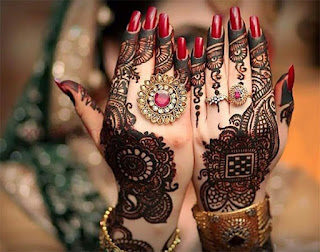
What is the importance of mehendi art? Mehendi art, also known as henna art, holds significant cultural, social, and personal importance in various societies. Its importance varies across cultures, but some common themes include celebration, symbolism, tradition, and artistry. Here are some key aspects highlighting the importance of mehendi art: Cultural and Traditional Significance In many cultures, mehendi art is an integral part of celebrations, particularly weddings and festivals. It plays a central role in cultural and religious rituals. It serves as a symbol of joy, beauty, and celebration, marking special occasions with its vibrant and intricate designs. Symbolism and Auspiciousness In many traditions, mehendi is believed to bring good luck, positive energy, and protection against evil forces. Bridal mehendi, for example, is considered a symbol of blessings and love for the couple's journey ahead. Different motifs and patterns in mehendi designs hold symbolic meanings. For


